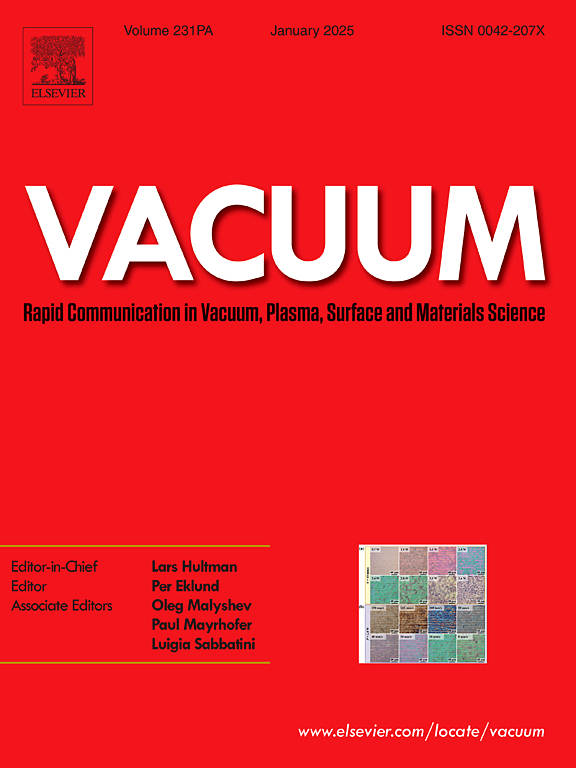In situ formation SiC nanowires on loofah sponge-derived porous carbon for efficient electromagnetic wave absorption
IF 3.8
2区 材料科学
Q2 MATERIALS SCIENCE, MULTIDISCIPLINARY
引用次数: 0
Abstract
A lightweight, heterogeneous, three-dimensional network-structured composite has been meticulously developed with the specific goal of optimizing impedance matching and elevating electromagnetic wave absorption properties. SiC nanowires-carbon composites were synthesized through a novel process involving combined carbothermal reduction and chemical vapor deposition, utilizing loofah sponge as the foundational material. Accessible and cost-effective organosilane waste was applied as the silicon source. The resulting composites manifest exceptional electromagnetic wave absorption performance with a minimum reflection loss of −46.34 dB and a wide effective bandwidth of 3.84 GHz at a thin thickness of 1.9 mm. Superior electromagnetic wave absorption is attributed to synergistic interplay of multiple interfacial polarizations, dipole polarization, conductive losses, and multiple reflections and scattering. This work presents an innovative pathway toward fabricating highly efficient electromagnetic wave-absorbing materials while effectively repurposing recycled waste.
在丝瓜海绵多孔碳上原位形成碳化硅纳米线,实现高效电磁波吸收
为了优化阻抗匹配和提高电磁波吸收特性,我们精心研制了一种轻质、异质、三维网络结构复合材料。SiC 纳米线-碳复合材料是利用丝瓜海绵作为基础材料,通过碳热还原和化学气相沉积相结合的新工艺合成的。有机硅烷废料被用作硅源,这种废料易于获取且成本低廉。所制成的复合材料具有优异的电磁波吸收性能,最小反射损耗为 -46.34 dB,有效带宽为 3.84 GHz,厚度仅为 1.9 mm。优异的电磁波吸收性能归功于多重界面极化、偶极子极化、导电损耗以及多重反射和散射的协同作用。这项工作为制造高效电磁波吸收材料提供了一条创新途径,同时有效地重新利用了回收废物。
本文章由计算机程序翻译,如有差异,请以英文原文为准。
求助全文
约1分钟内获得全文
求助全文
来源期刊

Vacuum
工程技术-材料科学:综合
CiteScore
6.80
自引率
17.50%
发文量
0
审稿时长
34 days
期刊介绍:
Vacuum is an international rapid publications journal with a focus on short communication. All papers are peer-reviewed, with the review process for short communication geared towards very fast turnaround times. The journal also published full research papers, thematic issues and selected papers from leading conferences.
A report in Vacuum should represent a major advance in an area that involves a controlled environment at pressures of one atmosphere or below.
The scope of the journal includes:
1. Vacuum; original developments in vacuum pumping and instrumentation, vacuum measurement, vacuum gas dynamics, gas-surface interactions, surface treatment for UHV applications and low outgassing, vacuum melting, sintering, and vacuum metrology. Technology and solutions for large-scale facilities (e.g., particle accelerators and fusion devices). New instrumentation ( e.g., detectors and electron microscopes).
2. Plasma science; advances in PVD, CVD, plasma-assisted CVD, ion sources, deposition processes and analysis.
3. Surface science; surface engineering, surface chemistry, surface analysis, crystal growth, ion-surface interactions and etching, nanometer-scale processing, surface modification.
4. Materials science; novel functional or structural materials. Metals, ceramics, and polymers. Experiments, simulations, and modelling for understanding structure-property relationships. Thin films and coatings. Nanostructures and ion implantation.
 求助内容:
求助内容: 应助结果提醒方式:
应助结果提醒方式:


